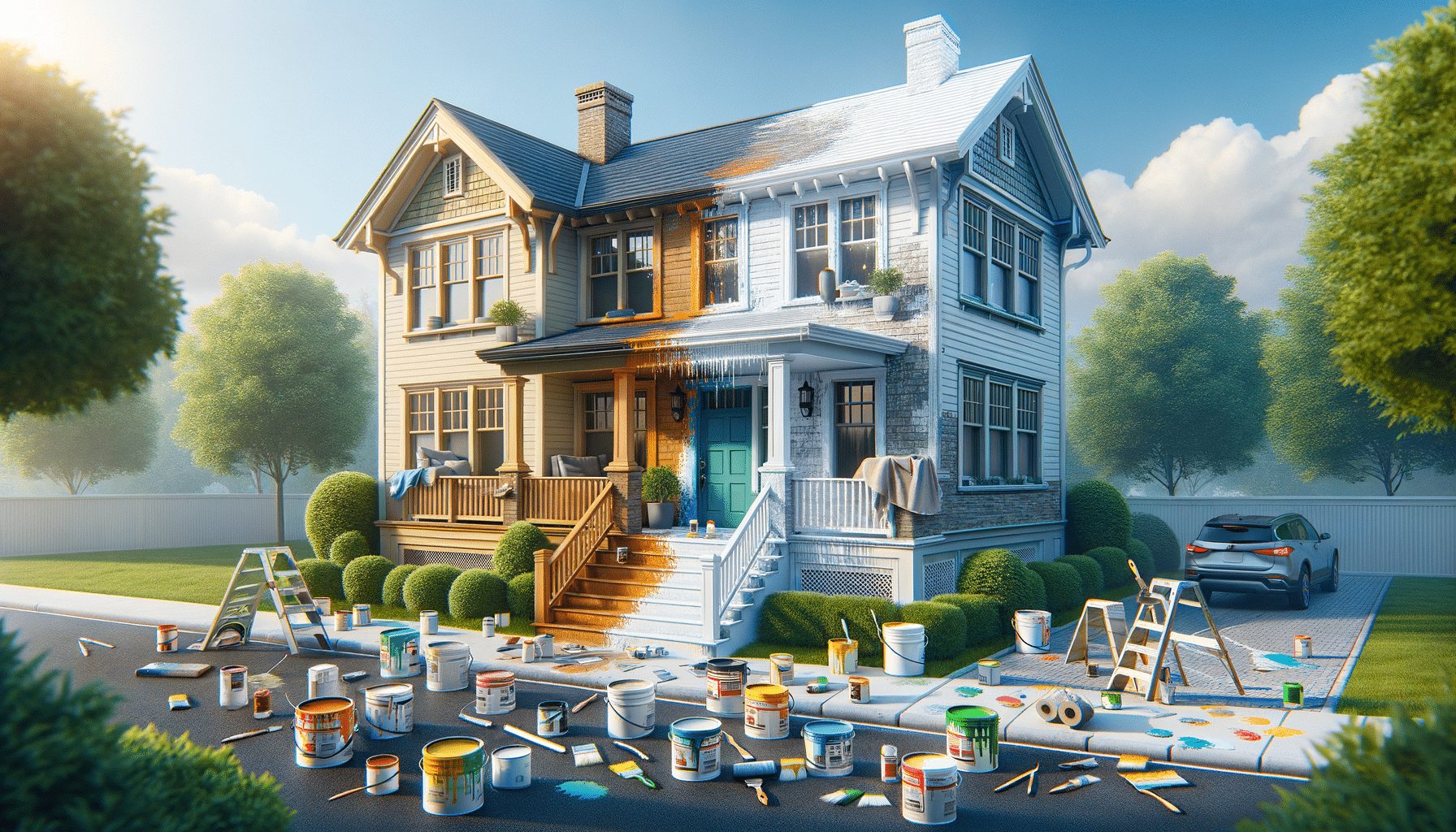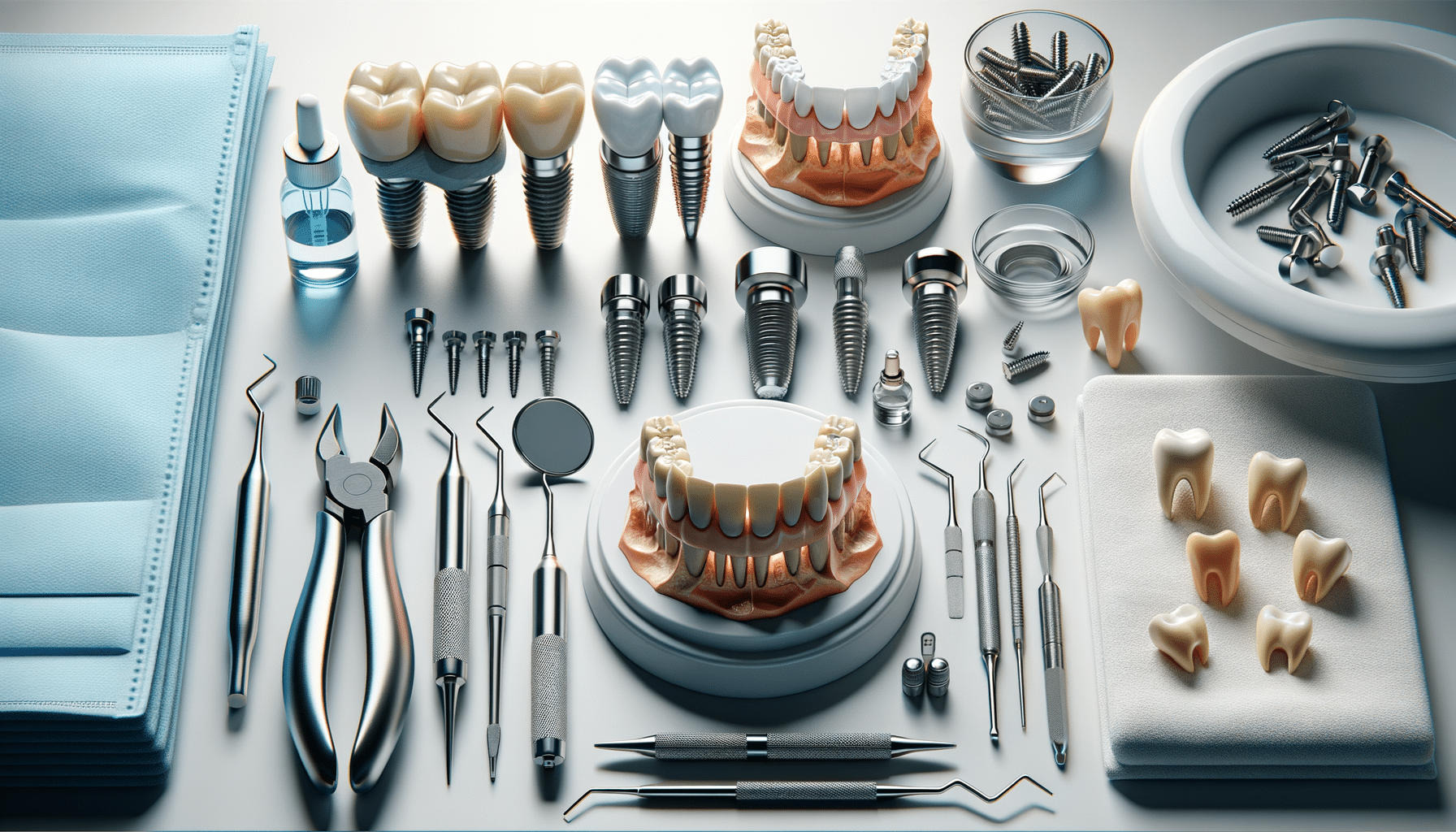
Exterior House Painting: Enhancing Curb Appeal and Protection
Introduction to Exterior House Painting
Exterior house painting is a crucial task that not only enhances the visual appeal of a home but also serves as a protective shield against harsh weather conditions. A well-painted exterior can significantly boost a property’s curb appeal, making it more attractive to potential buyers and passersby. Beyond aesthetics, a fresh coat of paint acts as a barrier against moisture, preventing issues such as mold, mildew, and wood rot. This makes exterior painting an essential maintenance practice that can extend the lifespan of your home’s exterior materials.
When considering an exterior painting project, homeowners should take into account the type of paint, the preparation work required, and the timing of the project. These factors can influence the durability and overall finish of the paint job. Investing in high-quality materials and professional application can result in a long-lasting and visually pleasing exterior that stands the test of time.
Choosing the Right Paint and Colors
Selecting the right type of paint and color scheme is a critical step in any exterior painting project. The choice of paint should be based on the material of the house’s exterior, whether it be wood, stucco, brick, or metal. Each material has its own requirements for paint adhesion and durability. For instance, acrylic latex paints are often recommended for their flexibility and resistance to weathering, making them suitable for a variety of surfaces.
Color selection is equally important, as it can influence the overall mood and perception of your home. Neutral colors like beige, gray, and white are popular for their timeless appeal, while bolder colors can make a statement and highlight architectural features. It’s important to consider the surrounding environment and neighborhood aesthetics when choosing colors. Many homeowners also opt for a three-color scheme: a base color, an accent color for doors and shutters, and a trim color to outline windows and corners.
Additionally, the use of high-quality paint can prevent fading and provide better coverage, reducing the need for frequent repainting. Consulting with a professional or using digital tools to visualize color combinations can help in making informed decisions that enhance your home’s exterior appeal.
Preparation and Application Techniques
Proper preparation is key to achieving a smooth and durable paint finish. This involves several steps, including cleaning the surface, repairing any damage, and priming. Cleaning can be done using a pressure washer to remove dirt, dust, and old peeling paint. Repairing involves filling cracks and holes with suitable fillers and sanding down rough areas to ensure a uniform surface.
Priming is essential, especially for surfaces that have never been painted before or have significant repairs. A primer helps the paint adhere better and provides a consistent base for the topcoat. It also helps in blocking stains and preventing them from bleeding through the new paint.
When it comes to application, using the right tools and techniques can make a significant difference. Brushes, rollers, and sprayers each have their advantages, and the choice largely depends on the area being painted and the type of finish desired. For example, brushes are ideal for detailed work and corners, while rollers are efficient for large flat surfaces. Sprayers can provide a smooth finish and are useful for covering large areas quickly.
Timing and Weather Considerations
The timing of an exterior painting project can greatly affect the outcome. Weather conditions play a crucial role in determining the best time to paint. Ideally, painting should be done during mild weather conditions, avoiding extreme temperatures and high humidity. This ensures that the paint dries properly and adheres well to the surface.
Spring and early fall are often considered optimal times for exterior painting, as the temperatures are generally moderate and there is less chance of rain. It’s important to avoid painting in direct sunlight or windy conditions, as these can cause the paint to dry too quickly, leading to an uneven finish.
Monitoring the weather forecast and planning the project accordingly can prevent delays and ensure a high-quality result. Homeowners should also be prepared for unexpected weather changes by having materials on hand to protect the painted surfaces, such as tarps or plastic sheeting.
Long-Term Maintenance and Care
Once the exterior painting project is complete, ongoing maintenance is essential to preserve the appearance and integrity of the paint job. Regular inspections can help identify any areas of concern, such as peeling or chipping paint, which should be addressed promptly to prevent further damage.
Cleaning the exterior annually can help maintain its appearance and remove any accumulated dirt or mildew. This can be done with a gentle wash using water and mild detergent. Avoid using harsh chemicals or abrasive tools that could damage the paint.
Touch-ups may be necessary over time, especially in areas exposed to harsh weather conditions or physical wear. Keeping a small amount of leftover paint for such touch-ups can ensure a perfect color match. Additionally, applying a fresh coat of paint every 5-10 years, depending on the paint type and environmental factors, can keep your home looking fresh and protect it from the elements.


